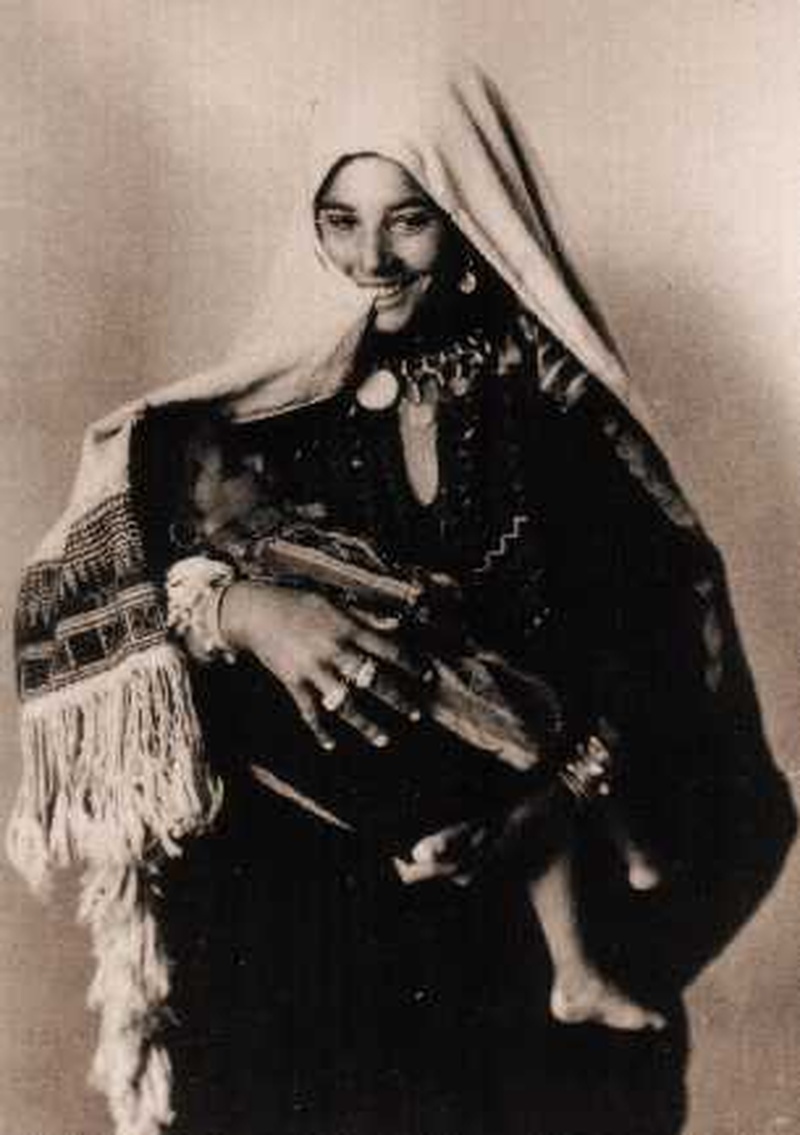The Historical Mary
As women we are often presented with ideals of motherhood and many of us feel that we fall short. In being Catholics, we also have the model of Mary the mother of Jesus to consider and admire. Her qualities of virginity, purity, freedom from sin, however, are not ones that we as mothers can ever live up to. It is more helpful to consider the historical Mary who has a lot to offer us and sustain us in what is an incredibly challenging role despite all the stereotypes we are presented with in the media.

So, who was the historical Mary? Like most notable women of ancient times, we have very little evidence in the written historical record. This is due to the fact that men have been the authors of history and narratives of the oppressed have only recently been considered historiographically. Based on what we know of women in her society at the time and the Gospels here are some interesting points about the historical Mary:
- she was a Jewish peasant woman approximately 13 years of age
- her name was Miriam after the sister of Moses
- she lived in a backwater province of the Roman Empire
- she spoken Aramaic with a Galilean accent but would have been familiar with Latin, Greek and Hebrew
- she would have had features like those of Jewish and Palestinian women today, most likely with dark hair and dark eyes
- in belonging to the peasant class (as did 90% of the population) she had a difficult life
- life was difficult because:
- they had to combine farming with a craft such as carpentry (the occupation of both Joseph and Jesus) to survive
- they bore the burden of supporting the state and the small privileged class, with a triple tax burden: to Rome, to Herod the Great and to the temple (to which, traditionally, they owed 10 percent of the harvest)
- Artisans, who made up about 5 percent of the population, had an even lower median income than those who worked the land full time
- she probably lived in an extended family unit, where three or four houses of one or two rooms each were built around an open courtyard, in which relatives shared an oven, a cistern and a millstone for grinding grain, and where domestic animals also lived
- she most likely spent, on the average, 10 hours a day on domestic chores like carrying water from a nearby well or stream, gathering wood for the fire, cooking meals and washing utensils and clothes
- she probably didn’t know how to read or write, since literacy was extremely rare among women of the time. The culture was highly oral, with public reading of the Scriptures, the telling of stories, the recitation of poems and the singing of songs.
When examining the historical Mary, it becomes apparent that she was quite typical but one circumstance made her far from the ideal mother of her time and society. This is because she became pregnant as a single young woman. This was extremely dangerous as the punishment for this was death by stoning. I wonder why God chose to do this and not create a safe pathway for his son. Regardless, God put Mary in a very dangerous situation, and she would have been looked down upon by those in her society. She had the strength to carry on which is something we can look to as inspiration. Despite her young age, we should not think of her as fragile. When she became pregnant at 13 years of age this was very normal for her time and society. She was strong and handled a difficult life as outlined above.
Another story from the Gospel that comes to mind is the time that Mary and Joseph returned home from Jerusalem and realised they had lost their son who was learning and discussing with leaders at the synagogue. Mary clearly was no helicopter parent! Mary was concerned and Jesus held accountable, but he must have felt confident to be who he was intended to be. It dawns on me that Mary was parenting a very unusual, different, and challenging child. He would have been noticeably different and yet she raised him with love.
It is also noteworthy that despite a lack of explicit detail in the Gospels, we know that Jesus challenged the norms of the time in relation to women, their role and status. He associated and travelled with as well as being financed by a group of women who supported his mission. These were his female disciples. We know that this would have been viewed very negatively by those in his society. Even to talk to the woman at the well was a huge risk. Mary must have been formative in Jesus’ views towards women and others excluded from an equal place in society. We should look towards her as a model of raising a son who viewed women as equals and deserving of so much more.
Finally, we know that Mary loses her son and must witness his suffering. In this regard the historical Mary offers us the example of love and strength, but we mustn’t discount how difficult this must have been. Jesus was viewed as a criminal and she would have had to bear the burden of that as his mother. She also then went on to be a significant member of the early Christian community. She believed in her son and worked hard to carry on his mission in times that continued to be very dangerous for the early Christians. This is the Mary we can relate to and know that God was challenging the norms of the time of Jesus. Perhaps God would want us to challenge the norms of our time too.
Louise Barry - Religious Studies Coordinator